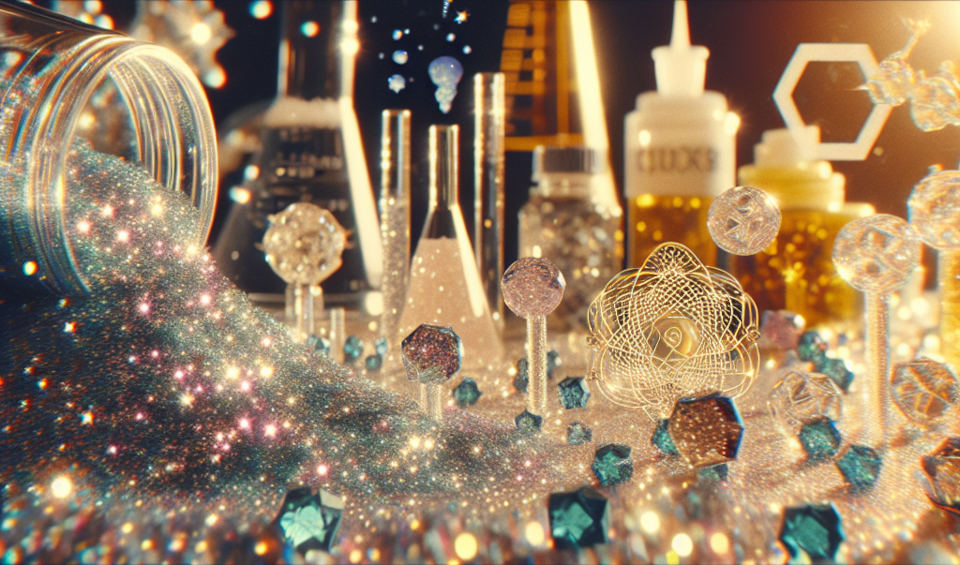Glitter’s Glorious Gleam and Environmental Concerns

Oh you know me, it’s hard to avoid the allure of glitter! It sparkles and shimmers, captivating our eyes and adding a touch of magic to everything it touches. But amidst its mesmerizing charm lies an ongoing debate about its environmental impact. Is glitter really harmful for the environment? Let’s dive into this glimmering topic with a sprinkling of science, a pinch of cautionary advice, and some alternative approaches.
To better understand the potential harm of glitter on the environment, let’s consider it as tiny fragments of plastic (because that is what it is). Just as we’ve come to acknowledge the detrimental effects of plastic pollution in our oceans, rivers, and landfills, glitter follows suit. In fact, scientists have found that microplastics including glitter can end up in water sources and harm aquatic life. This sobering reality calls for conscious consideration when using or disposing of glitter.
While glitter may be a concern for those passionate about environmental preservation, it’s essential to weigh both sides before making any hasty judgments. One could argue that compared to larger contributors like single-use plastics or industrial waste, glitter is but a speck in the grand scheme of things. Yet, it’s crucial to remember that even small contributions can add up over time.
So, what alternatives lie waiting in the wings? Biodegradable glitters made from plant cellulose offer an eco-friendly option without compromising on sparkle power. These innovative alternatives break down naturally over time and minimize harm to nature’s delicate balance.
Now that we’ve peeked behind the curtain separating glitter from environmental responsibility let’s shift gears slightly. Have you ever considered why we are so drawn to sparkly objects in the first place?
Historically speaking, humans have always had a fascination with shiny things (sort of like those birds); perhaps it stems from our primal desire for rarity or our innate attraction towards beauty.
In music terms, glitter could be likened to pop music – flashy, attention-grabbing, and undeniably popular. While some may argue that glitter has no place in the serious world of art or music, it’s essential to appreciate the diversity of tastes and preferences. Just as classical music evokes a different emotional response compared to modern pop hits, so too does glitter evoke a distinctive aesthetic experience.
When exploring the world of visual arts, artists like Andy Warhol come to mind. Warhol’s use of vibrant colors (sorry no glitter) in his iconic works added depth and texture, elevating his pieces from mere paintings to tangible experiences. It is through artists like him that we can glimpse the potential beauty in even the most controversial materials. Note I said controversial materials.
Ultimately that is what glitter is right now, our understanding of glitter’s impact on the environment is ever-evolving. We must approach this topic with an open mind while considering alternative options and techniques. By embracing biodegradable alternatives and making conscious choices about our creative materials, we can still indulge in a touch of sparkle without leaving a trail of environmental damage behind.
So go ahead, make use of it in a safe way and let your imagination soar as you explore new avenues to add brilliance to your creations. Seek out those biodegradable glitters or experiment with other innovative materials that align with nature’s harmony. As we adapt our practices and broaden our perspectives, we can continue to find ways to create art that shimmers gloriously while embracing sustainability.



